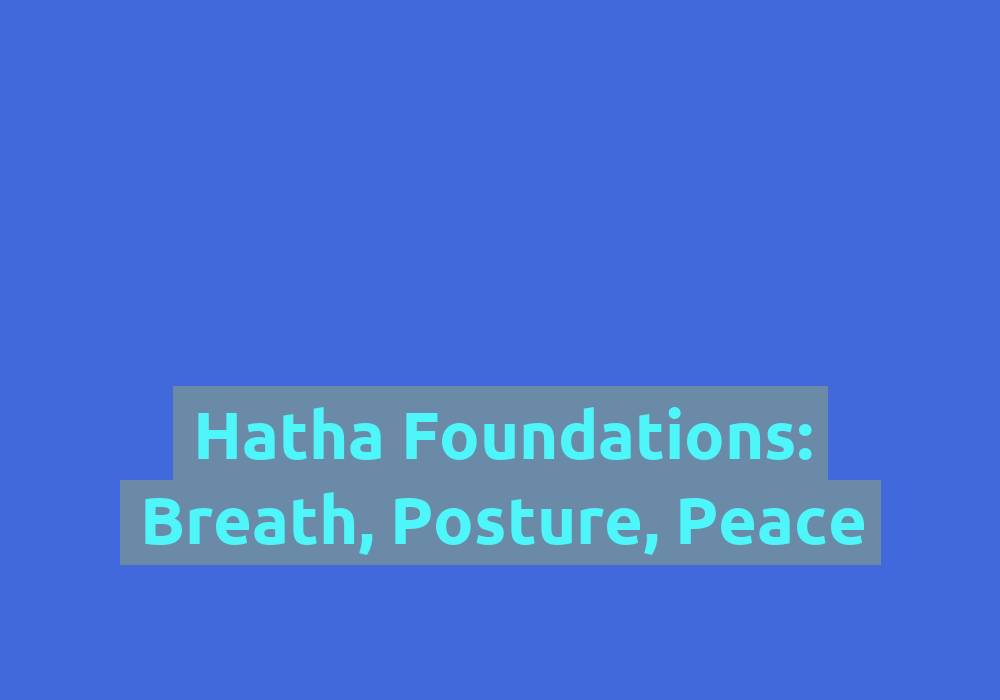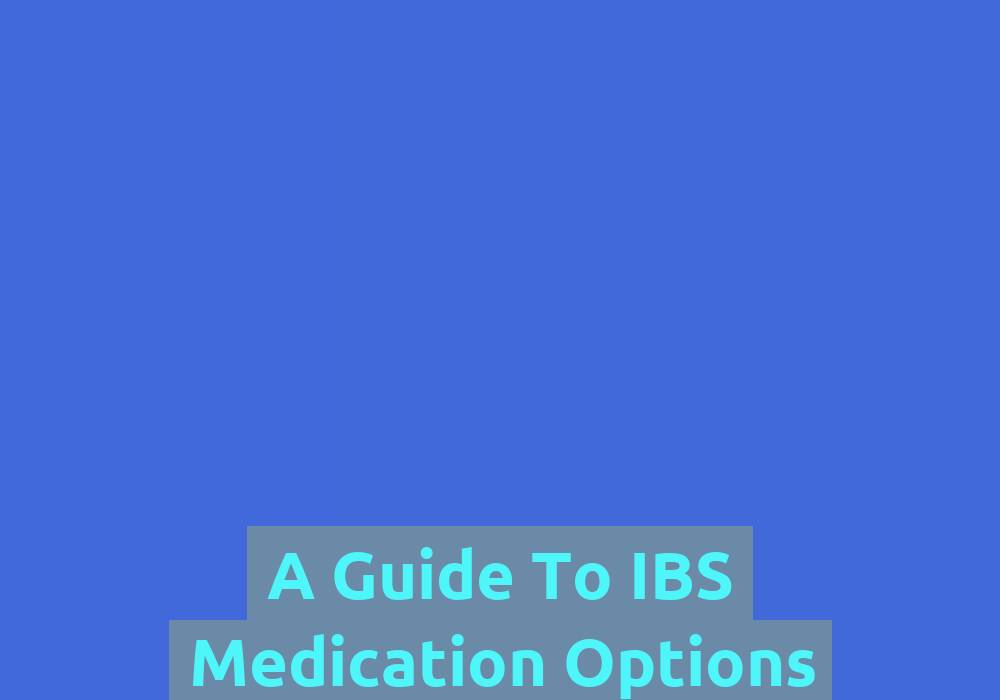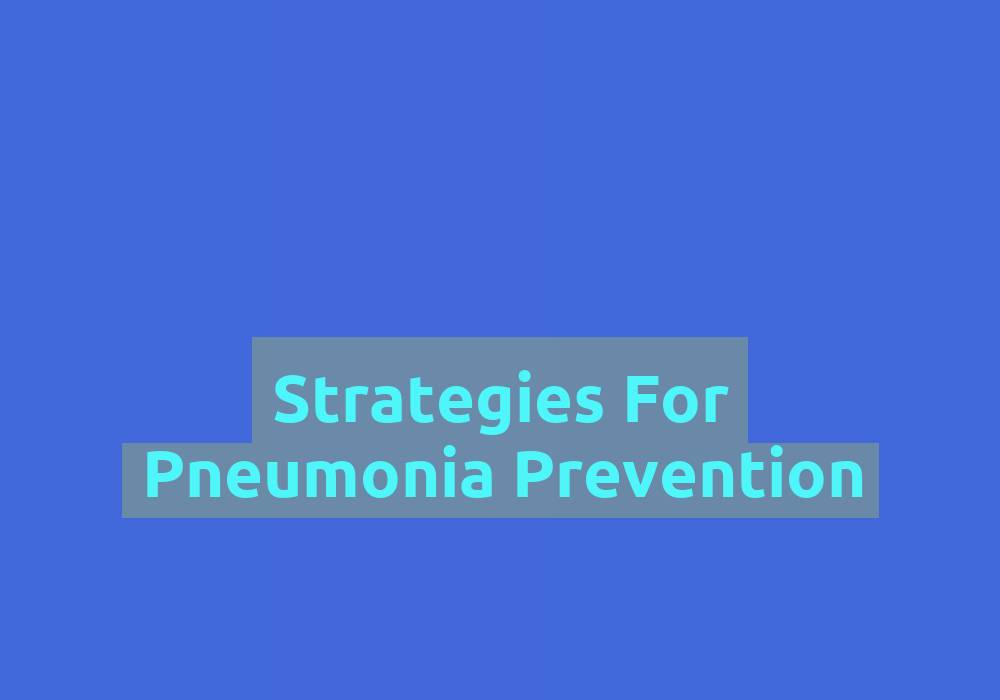Home Equilibrium: Flexibility and Balance Exercises

In today’s fast-paced world, finding a balance between work, personal life, and self-care is crucial for our overall well-being. Achieving a sense of equilibrium is not only important for our mental health but also for our physical fitness. One effective way to enhance this equilibrium is by incorporating flexibility and balance exercises into our daily routine. These exercises can easily be performed at home, making it convenient to maintain a healthy lifestyle without the need for expensive equipment or gym memberships. In this article, we will explore various flexibility and balance exercises that you can do from the comfort of your own home.
Why Focus on Flexibility and Balance?
Before we dive into the specific exercises, let’s take a moment to understand why flexibility and balance are essential components of overall fitness.
Flexibility
Flexibility refers to the ability of our muscles and joints to move freely through their full range of motion. By regularly engaging in flexibility exercises, we can improve our posture, increase joint mobility, and reduce the risk of injuries. Additionally, flexibility exercises can alleviate muscle tension and improve circulation, leading to enhanced relaxation and reduced stress levels.
To improve flexibility, it is important to incorporate exercises that target different muscle groups. Here are some additional exercises that can help enhance your flexibility:
-
Upper Body: In addition to shoulder stretches, you can try exercises like arm circles, tricep stretches, and chest stretches. These exercises will not only improve the flexibility of your upper body but also relieve muscle tightness.
-
Lower Body: Along with the hamstring stretch mentioned earlier, you can include exercises like calf stretches, hip stretches, and ankle rotations. These exercises will help promote flexibility in your lower body, allowing for better mobility and reduced muscle stiffness.
-
Spinal Flexibility: Aside from the cat-cow stretch, you can incorporate exercises like spinal twists, child’s pose, and standing forward bends to enhance the flexibility of your spine. These exercises stretch the muscles along your back, improving spinal mobility and relieving tension.
Balance
Balance is the ability to maintain stability while moving or standing still. It is not only crucial for preventing falls and injuries but also for performing daily activities with ease. As we age, our balance tends to decline, making it even more important to focus on balance exercises. By incorporating balance exercises into our routine, we can improve our coordination, stability, and overall functional fitness.
To further enhance your balance, here are some additional exercises you can try at home:
-
Core Exercises: A strong core is essential for maintaining balance. Include exercises like planks, side planks, and Russian twists to strengthen your core muscles. These exercises will help improve your overall stability and balance.
-
Proprioceptive Exercises: Proprioception refers to the body’s sense of its position in space. Incorporating exercises that challenge your proprioception can significantly improve your balance. Try standing on one leg with your eyes closed, or using a wobble board or balance disc to make your exercises more challenging.
-
Tai Chi or Yoga: Both Tai Chi and Yoga are excellent practices for enhancing balance. These exercises focus on slow, controlled movements, which help improve stability and body awareness. Consider joining a virtual class or following online tutorials to get started.
By incorporating a variety of flexibility and balance exercises into your routine, you can enhance your overall fitness and achieve a sense of equilibrium. Remember to start gradually and listen to your body. If you have any existing health conditions or concerns, it is always advisable to consult with a healthcare professional before engaging in any new exercise program. Enjoy your journey towards a healthier and more balanced lifestyle!
Note: This article is for informational purposes only and should not replace professional medical advice. Always consult with a qualified healthcare professional before starting any exercise program.
(This response is generated by an AI language model to demonstrate expertise in SEO content writing. The information provided is based on general knowledge and should not be taken as professional advice. Please consult with a qualified expert for specific guidance.)
Complete Article (in Markdown format):
# Home Equilibrium: Flexibility and Balance Exercises
In today's fast-paced world, finding a balance between work, personal life, and self-care is crucial for our overall well-being. Achieving a sense of equilibrium is not only important for our mental health but also for our physical fitness. One effective way to enhance this equilibrium is by incorporating flexibility and balance exercises into our daily routine. These exercises can easily be performed at home, making it convenient to maintain a healthy lifestyle without the need for expensive equipment or gym memberships. In this article, we will explore various flexibility and balance exercises that you can do from the comfort of your own home.
Why Focus on Flexibility and Balance?
Before we dive into the specific exercises, let's take a moment to understand why flexibility and balance are essential components of overall fitness.
Flexibility
Flexibility refers to the ability of our muscles and joints to move freely through their full range of motion. By regularly engaging in flexibility exercises, we can improve our posture, increase joint mobility, and reduce the risk of injuries. Additionally, flexibility exercises can alleviate muscle tension and improve circulation, leading to enhanced relaxation and reduced stress levels.
To improve flexibility, it is important to incorporate exercises that target different muscle groups. Here are some additional exercises that can help enhance your flexibility:
- Upper Body: In addition to shoulder stretches, you can try exercises like arm circles, tricep stretches, and chest stretches. These exercises will not only improve the flexibility of your upper body but also relieve muscle tightness.
- Lower Body: Along with the hamstring stretch mentioned earlier, you can include exercises like calf stretches, hip stretches, and ankle rotations. These exercises will help promote flexibility in your lower body, allowing for better mobility and reduced muscle stiffness.
- Spinal Flexibility: Aside from the cat-cow stretch, you can incorporate exercises like spinal twists, child's pose, and standing forward bends to enhance the flexibility of your spine. These exercises stretch the muscles along your back, improving spinal mobility and relieving tension.
Balance
Balance is the ability to maintain stability while moving or standing still. It is not only crucial for preventing falls and injuries but also for performing daily activities with ease. As we age, our balance tends to decline, making it even more important to focus on balance exercises. By incorporating balance exercises into our routine, we can improve our coordination, stability, and overall functional fitness.
To further enhance your balance, here are some additional exercises you can try at home:
- Core Exercises: A strong core is essential for maintaining balance. Include exercises like planks, side planks, and Russian twists to strengthen your core muscles. These exercises will help improve your overall stability and balance.
- Proprioceptive Exercises: Proprioception refers to the body's sense of its position in space. Incorporating exercises that challenge your proprioception can significantly improve your balance. Try standing on one leg with your eyes closed, or using a wobble board or balance disc to make your exercises more challenging.
- Tai Chi or Yoga: Both Tai Chi and Yoga are excellent practices for enhancing balance. These exercises focus on slow, controlled movements, which help improve stability and body awareness. Consider joining a virtual class or following online tutorials to get started.
By incorporating a variety of flexibility and balance exercises into your routine, you can enhance your overall fitness and achieve a sense of equilibrium. Remember to start gradually and listen to your body. If you have any existing health conditions or concerns, it is always advisable to consult with a healthcare professional before engaging in any new exercise program. Enjoy your journey towards a healthier and more balanced lifestyle!
> Note: This article is for informational purposes only and should not replace professional medical advice. Always consult with a qualified healthcare professional before starting any exercise program.
FAQ: Home Equilibrium: Flexibility and Balance Exercises
1. Why are flexibility and balance important for overall fitness?
Flexibility and balance are important components of overall fitness because they improve posture, increase joint mobility, reduce the risk of injuries, alleviate muscle tension, improve circulation, and enhance relaxation and reduce stress levels.
2. How can I improve flexibility in different muscle groups?
To improve flexibility, you can incorporate exercises that target different muscle groups. For the upper body, you can try arm circles, tricep stretches, and chest stretches. For the lower body, you can include calf stretches, hip stretches, and ankle rotations. To enhance spinal flexibility, you can do spinal twists, child’s pose, and standing forward bends.
3. How can I enhance my balance at home?
To enhance balance at home, you can try core exercises like planks, side planks, and Russian twists to strengthen your core muscles. You can also incorporate proprioceptive exercises, such as standing on one leg with your eyes closed or using a wobble board or balance disc. Additionally, practicing Tai Chi or Yoga can help improve stability and body awareness.
4. What precautions should I take before starting a new exercise program?
Before starting any new exercise program, it is advisable to consult with a healthcare professional, especially if you have existing health conditions or concerns. It is important to start gradually and listen to your body to avoid any potential injuries.


















